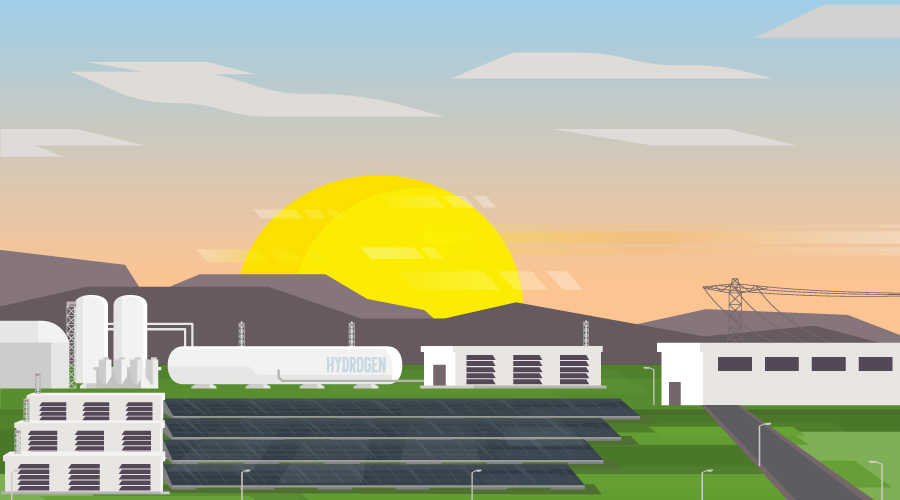How To Present The Business Case For The Value Of Energy Retrofits
All retrofit value presentations are not created equal. The format, length, and emphasis will vary based on the type of capital investment (equipment or system replacement, minor retrofit, major retrofit, etc.) and the specific energy efficiency and sustainability measures recommended. However, regardless of the type of capital investment, there are seven principles that should be followed in conducting the analysis and presenting the business case for the value of energy retrofits:
- Employ a structured and repeatable analytic process
- Know your audience
- Present value beyond energy cost savings (VBECS) as a supplement
- Do not present like you calculate
- Be property and company specific
- Avoid double-counting — be honest with your data
- Present risk context for decision
While different approaches may be successfully applied, the retrofit value models are designed as a separate supplementary analysis that would accompany traditional energy modeling, cost analysis, and life cycle cost analysis (LCCA). While it would be possible to adjust discount rates, incorporate additional factors of consideration, and provide more sophisticated sensitivity analysis within traditional LCCA or simple return on investment (ROI) analyses, a separate analysis is more logical and reflects the nature of how content is delivered to decision-makers for other business decisions.
The successful presentation of a retrofit value case requires specificity. While much of the evidence of value is based on studies, surveys, and analytics on similar buildings or portfolios of buildings, a successful presentation of value must directly adjust and apply the evidence for the specific property and occupant. Productivity benefits are positive, but if you can translate third-party studies into specific ranges of value benefit based on the specific energy efficiency/sustainability measures and employees in your project, chances of success multiply.
Innovations in Retrofit Finance
Finding capital for deep energy retrofits can be hard. However, with advances in underwriting and valuation throughout the industry, and an increasing array of sources, many of which are moving towards full-service models where the time, energy, and complexity of arranging the capital and executing can be fully outsourced, retrofit financing is expected to get easier.
In thinking about capital sources, it is critical that facility managers get information on all the attributes of capital — money cost, terms, timing, transaction costs, and complexity. The cheapest capital is not always the best, if the restrictions, covenants, remedies, timing, and transaction costs are not workable or competitive.
For all the capital sources, clearly articulating the full set of potential project risks and how they can be managed or mitigated will be critical to achieving the best result. Lower risk perception by the capital source can mean lower cost, greater amount of capital, longer time period to repay, or simply access to the capital.
Financing Deep Energy Retrofits
One measure of the emerging level of innovation in sustainable finance is the growing array of capital choices. Here are several options.
Equity Options
- Funds from building operating cash flows
- Owner capital expenditures
- Private funds/venture capital
- Socially responsible investors
- Historic and new market tax credit equity
- Solar tax equity
- Corporate equity
Grants, Subsidies and Other Incentives
- Grants
- Financial incentives (e.g., subsidized loan rates, waivers on increased
property taxes, development or permit fee reductions, and tax deductions)
- Entitlement benefits (e.g., expedited permitting, density bonuses,
and code flexibility)
Related Topics:














